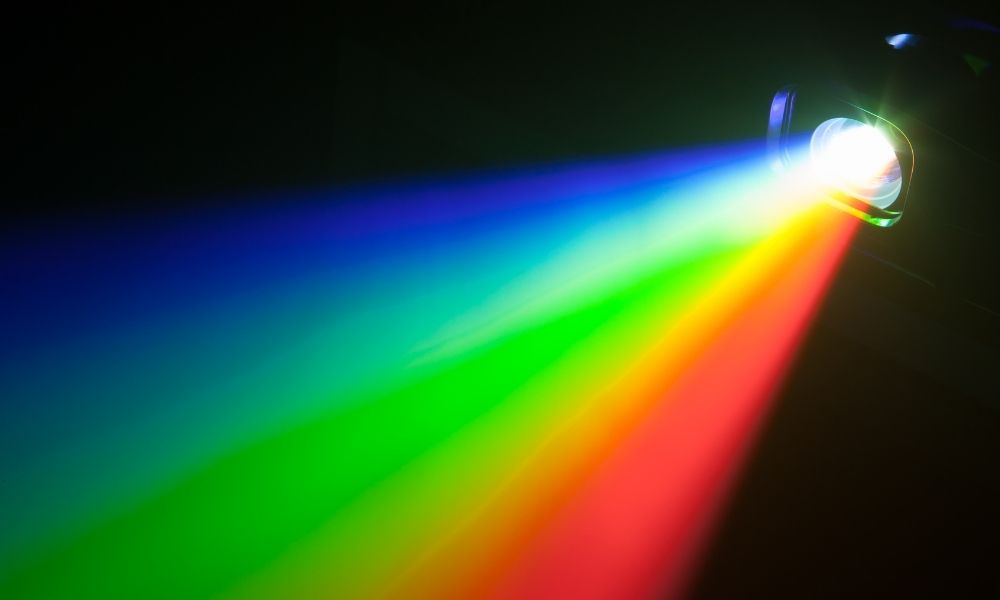Testing the way light travels through numerous types of materials is essential to the success of various industries. For instance, it can help engineers perfect their optic designs. It can also ensure the windows of your vehicle or home are adequately tinted. Read about the two most common types of such testing, light transmission vs. transmittance, and what the difference is between the two.
What Is Light Transmission?
Light transmission refers to the amount of light that can successfully pass through glass and other types of materials. Further, when measured, transmission is usually expressed through a calculated percentage of the light that can pass through the materials being tested. There are two principal forms of light transmission: internal and external.
Internal Transmission
People usually use internal light transmission tests to measure a glass’s ability to filter light through it, providing a clear idea of the glass’s numerous properties. This also helps those testing, as they can see if there might be any potential issues with their materials so they can work out a viable solution.
External Transmission
People can determine this type of light transmission by the intensity of light entering the glass rather than its intensity after exiting it. Calculating these factors can help provide an accurate figure for the actual amount of light allowed to pass through a material, rather than just the percentage provided by internal light transmission testing.
What Is Light Transmittance?
By now, we know that light transmission has to do with the amount of light that can travel through the surface of a material. On the other hand, light transmittance is about the amount of light energy that glass or other materials can absorb, reflect, and scatter. Essentially, transmittance can give you an accurate calculation for the amount of light a material disperses and its ability to block photons.
How Are They Applied in the Real World?
Both light transmission and transmittance have numerous real-world applications:
- To test the effectiveness of glass and window tints on cars, businesses, and homes.
- To measure glass clarity in aviation and aerospace applications.
- To test the chemical, mechanical, and thermal properties of glass in optic designs for engineering.
So, while light transmission and transmittance differ a bit, they can help identify various properties of glass when used in tandem. This can be very helpful in testing the quality and transparency of materials needed across different industries. Hopefully, this quick guide has provided some new insight into light transmission vs. transmittance and the difference between the two.





